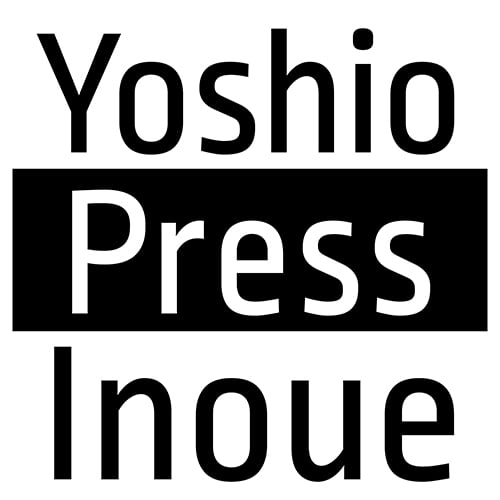2025/10/16 16:05
Dear all print lovers,
Ever since I started printing using Photogravure, my interest in paper has never waned, regardless of the type. I was a photographer rather than a traditional intaglio printmaker, so when I printed my own photographs I used standardized industrial photographic paper, which meant I was using an extremely standardized product. Photosensitive materials, which react to minute amounts of light and create images using photographic solutions, are capable of expressing everything from deep blacks to indistinguishable whites. I worked on this as my life's work from the 1980s to the early 2000s. Things changed when I discovered platinum printing in the 2010s. Applying a solution to white paper with a brush and making my own printing paper was an exhilarating and wonderful experience for me. Until then, I had been interested in the "images" I created for photographic expression, but I realized that I had paid almost no attention to the "paper" itself that supported them.

It was around this time that I finally realized the obvious fact that the photograph itself changes greatly depending on the type of paper, and I began to feel a deep love for paper itself. Furthermore, I have become interested in various forms of expression that use "paper" beyond the framework of photography. This is a wide range of expression that goes beyond intaglio printmaking. I personally use paper through the medium of "photography," but every day I feel that what I express and know is only a small world. So naturally, I develop a strong interest in any paper that catches my eye. I look at it with my eyes, use my fingers to examine its thickness, weight, and texture. Sometimes I even rub my cheek against it, feeling the paper with my whole body. A while ago, I discovered that almost any thick paper can be used for printmaking! So I don't mind stains, fading, or deterioration. Rather, I see it as a form of "expression" created by nature and time.
Therefore, I have a desire to carefully select and treat paper with care, and I long for a society in which paper continues to circulate at a fair price. In the early 2000s, many analog film manufacturing companies began downsizing or abolishing their photography divisions. It was a sad sight. Around that time, I asked a film manufacturing manager, "Is it difficult to continue producing film even if it means reducing production volume?" He replied with a grave expression, "If we reduce production volume drastically, it becomes difficult to maintain a certain level of quality. It's the same as being unable to make a river flow or stop its flow at our own convenience." Our civilization is built on a system that assumes constant growth and expansion. However, in order to survive in today's stagnant and unpredictable world economy, we must somehow create new methods and values. One solution may be to make effective use of materials that would otherwise be discarded, or to try using materials that have never been considered before. So I always use my favorite paper, mix the ink, and press it with care. It is a very cherished task, and I am grateful for it every day.
Yoshio

